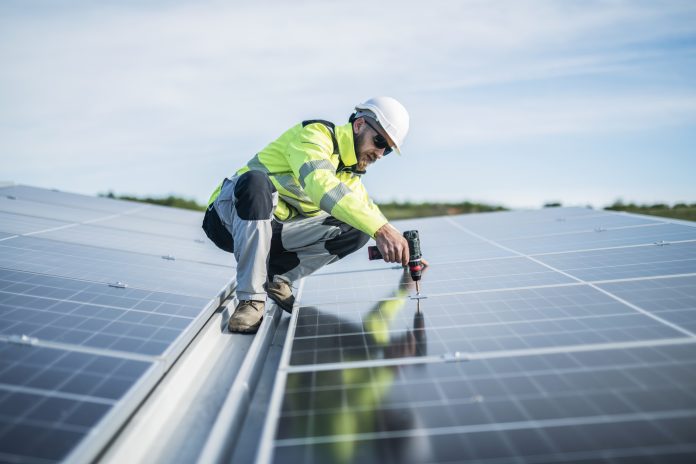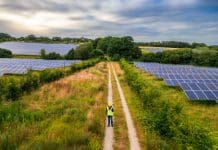The UK Green Building Council (UKGBC) has released new energy guidance to help stakeholders make informed decisions on energy procurement
Achieving a carbon-neutral electricity system by 2035 is a top priority for the UK as the country looks to reach net zero emissions. The transition to a decarbonised grid can be achieved by changing energy sources for UK buildings.
The UKGCB wants to incentivise building owners to operate their assets more flexibly, responding to the availability of renewable electricity on the grid. Given that buildings account for more than 60% of the UK’s electricity demand, the built environment industry plays a vital role in achieving net zero emissions.
What does the UKGB’s energy guidance include?
The document outlines four main areas of guidance:
1.Principles:
2. Toolkit
The guidance includes a toolkit to improve communication with energy suppliers. This toolkit can help businesses gather the information to compare different procurement options available in the market.
3. Rating System
The energy guidance includes a rating system to help businesses evaluate the performance of a building or organisation’s overall electricity strategy. The system considers electricity procured from external sources, on-site generation, demand management, and energy storage.
4. Procurement Routes
The guidance offers a summary of the various procurement routes available in the market. It provides detailed information about different Power Purchase Agreements and highlights ways to improve an organisation’s ability to engage with specific procurement options.
More collaboration is needed to reach net zero
This energy guidance highlights the pressing need for collaboration between customers and energy suppliers. It stresses the need for suppliers to provide clearer, higher-quality information about their products, allowing customers to make informed decisions regarding their electricity sources.
Additionally, the UKGBC also stresses the importance of market evolution to encourage building owners to operate their assets flexibly and to reduce emissions while supporting a grid reliant on wind and solar power.
This guidance equips stakeholders with the tools necessary to navigate electricity procurement effectively, ensuring their practices actively contribute to essential decarbonization in the energy supply sector.
“Decarbonising the electricity system is a top priority for achieving Net Zero. Critical to enabling this, is understanding the active role our buildings and the way we procure energy must play. However, distinguishing the high-quality products that are supporting the energy system’s transition from the other ‘green’ offerings in the market is currently challenging,” said UKGBC’s head of climate action, Yetunde Abdul.
“Our guidance provides industry with the much-needed tools to better understand their procurement options, benchmark the performance of their building’s electricity strategy, and effectively engage with energy suppliers to make more informed decisions,” he continued.
This guidance is mainly designed to help individuals procure energy for businesses or commercial buildings (corporate procurement) rather than residential customers. However, it can also be valuable for anyone involved in the planning, construction, or operation of buildings. This includes energy systems designers, renewable energy providers, and energy brokers or suppliers.














